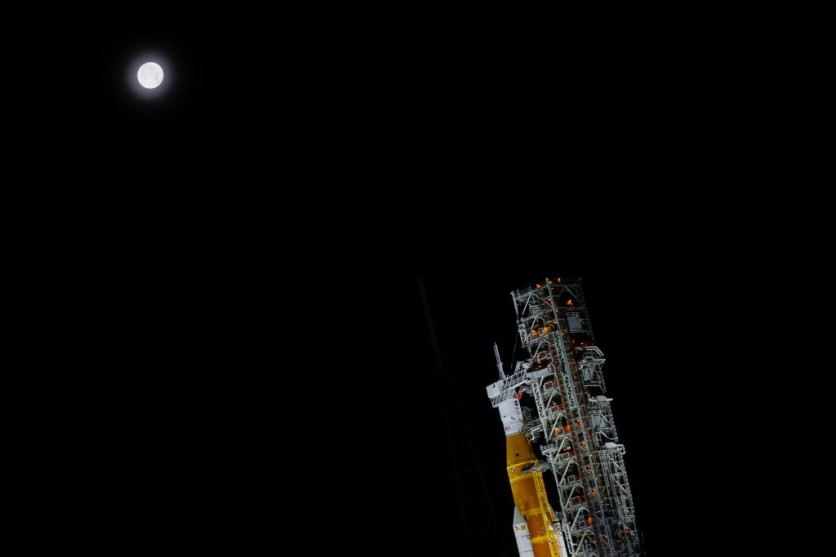The most powerful rocket ever developed by NASA appears to be ready for takeoff after more than ten years of testing, delays, and development.
Today, the Space Launch System and Orion spacecraft left the vehicle assembly building. They made their way to the launch pad in preparation for their first lunar orbital flight, as reported first by New Atlas.

Timing The Moon and Spacecraft
Last month, NASA outlined the prospective launch windows for its unmanned Artemis I demonstration, looking at a number of dates when the conditions would be ideal for the mission's success.
For a successful entry into orbit, it is necessary to time the Moon's location in its lunar cycle. This also entails timing the Orion spacecraft's return to Earth for a daytime landing.
The first date on the list was August 29, and if everything goes according to plan, NASA would officially begin a new phase of space exploration.
SLS and Orion will now be transported to Launch Pad 39B at Florida's Kennedy Space Center ahead of schedule after successful last-minute testing and inspections.
The SLS and Orion spacecraft are being transported by NASA's crawler-transporter buggy across four miles, and the trip is currently underway. It is anticipated to take between eight and twelve hours.

Experiments on The Rocket
Aside from scientific payloads and CubeSats that will be released along the route, the Orion capsule is equipped with manikins that have sensors to detect the radiation levels that future personnel will have to suffer on such a voyage.
Once the rocket and spacecraft reach the launch pad, these experiments will be deployed.
NASA has designated September 2 and September 5 as backup launch dates in case something prevents the August 29 liftoff from going as planned.
According to the official SLS document from the National Aeronautics and Space Administration, the massive Space Launch System can offer new human exploration capabilities.
"The Space Launch System will give the nation a safe, affordable and sustainable means of reaching beyond our current limits and open new doors of discovery from the unique vantage point of space," said the international space union.
You may watch the authorized NASA coverage of the SLS launch below.
Related Article : NASA Artemis 1 Mission Is Sending A Lamb to The Moon - 'Shaun The Sheep'
This article is owned by Tech Times
Written by Joaquin Victor Tacla
ⓒ 2025 TECHTIMES.com All rights reserved. Do not reproduce without permission.




